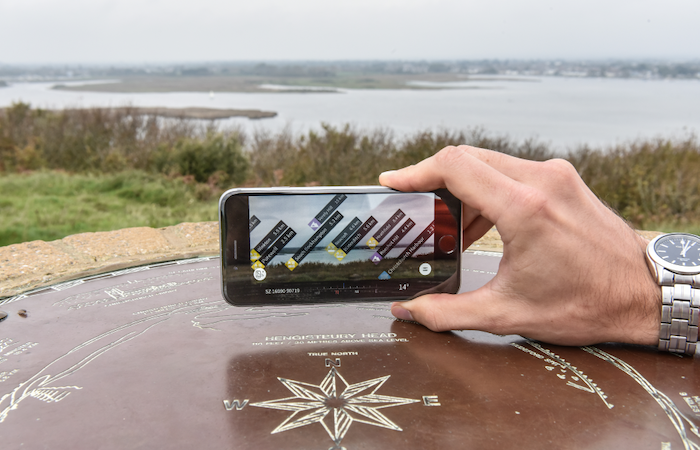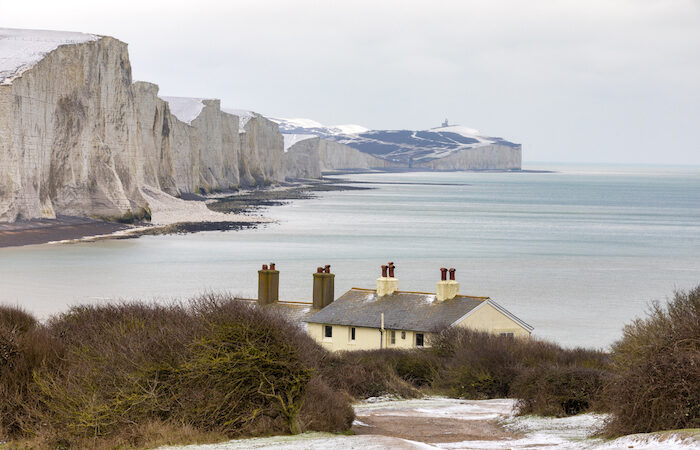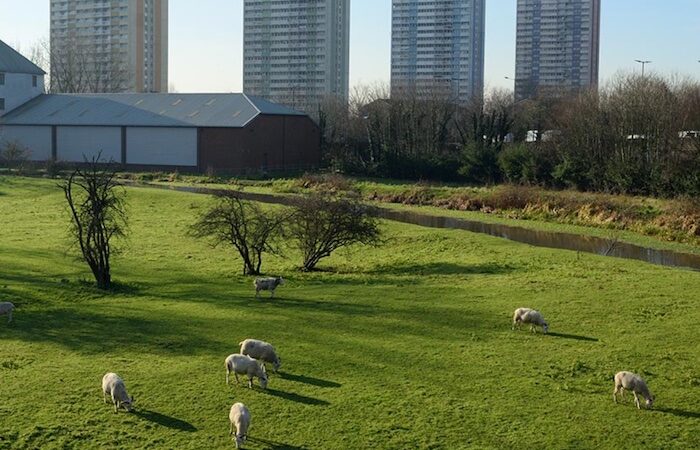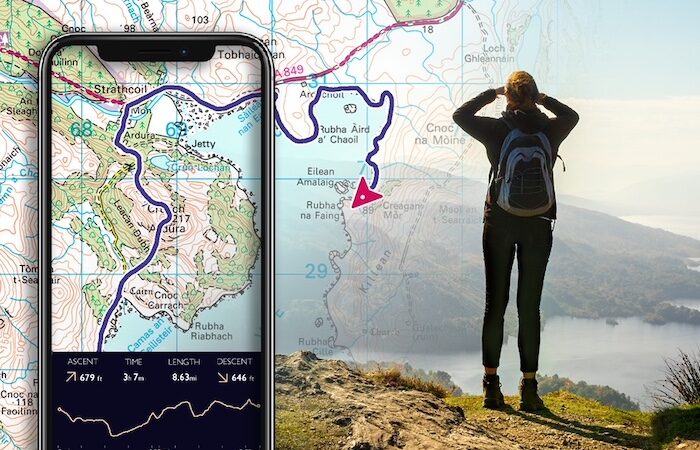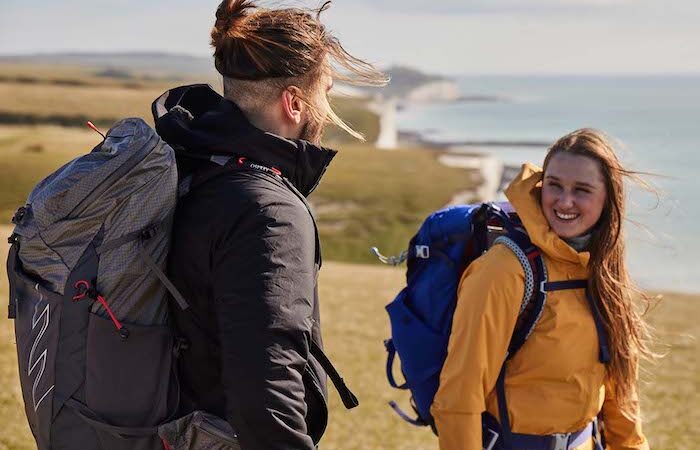Avoiding common foot problems for hikers – outdoor walking experts share their tips
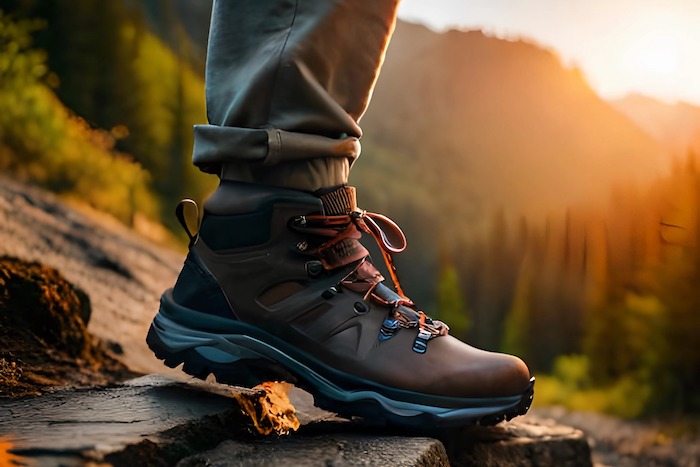
What are the most common foot problems for hikers?
The more time spent walking or hiking, the more likely it is you’ll find yourself facing some foot problems for Hikers, but the good news is most of the time they’re avoidable. Sometimes it’s simply a case of getting your feet used to a new activity, while in other cases it can come down to finding the right kit.
“There’s nothing worse than having a hike ruined by a persistent foot problem,” says Cotswold Outdoor Footwear Buyer, Gemma Smith.
“Luckily, a simple change in kit can often help alleviate the problem. Here at Cotswold Outdoor we have a wealth of technical experience and knowledge in walking footwear. Our mission is to make sure your next adventure is as fun – and comfortable – as it can possibly be.”
Read on to discover four common issues hikers face, and Gemma’s advice for avoiding them.
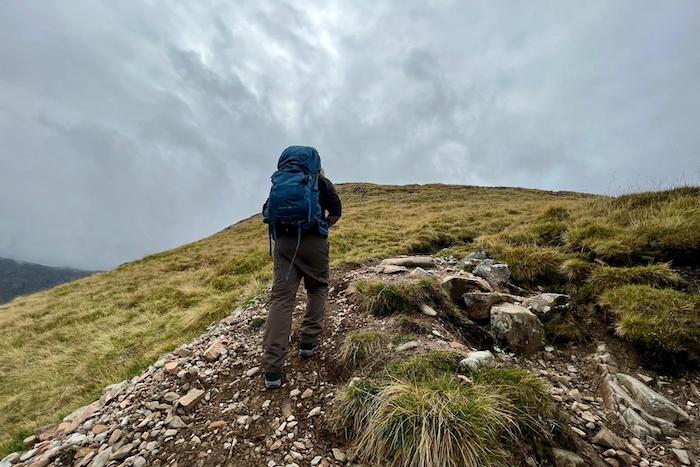
Blisters
Most of us have experienced the wincing, step-after-step pain of a blister. However, it’s important to stress that blisters after a long walk are not normal. They occur due to poorly fitting footwear, or when your feet are warm, damp and begin to rub against your boots. When this happens, your skin naturally reacts by forming a pocket of fluid under the damaged layer of skin, cushioning the tissue underneath. With the right fit and the right socks, you shouldn’t get them at all.
The first step to avoiding blisters is ensuring footwear fits properly – shoes that are too tight or too loose increase the chance of rubbing and friction, only adding to the likelihood of blisters occurring. If you’re unsure which shoes are right for you, you can visit any Cotswold Outdoor store for a free boot fitting appointment with one of their in-store experts or check their our boot fitting guide.
While well fitting shoes are vital, wearing the appropriate socks will also reduce your risk of soreness and rubbing. Avoid cotton socks as these tend to hold moisture next to your skin, which combined with friction causes blisters. Instead, choose a moisture wicking pair of socks, made of polyester or wool.
Swollen feet
When it comes to hiking, our feet take the brunt of the effort, which can cause them to swell and become bigger. It’s really important to take this into account when selecting your shoes and typically we need a bit of extra wiggle room in hiking shoes to accommodate for this swelling.
It isn’t just tight shoes you should be worrying about though; just like blisters, swollen feet can be impacted by your sock choice. If you struggle with swollen feet, compression socks – designed to stimulate circulation – can help prevent swollen feet. It’s also a good idea to make sure you’re not tying your laces too tight. You should be able to fit two fingers into your shoe easily when your boots are tied.
Unfortunately, unlike blisters, sometimes swollen feet from a long walk are unavoidable. However, there are a couple of things you can do to alleviate symptoms, such as dipping them into cold water and elevating them.
Ankle pain
Everyone’s feet are different and that means everyone’s walking shoe requirements are unique. Choosing the right shoe for your hike can help avoid ankle pain. If you’re going for regular short walks a walking shoe, which is lighter in weight and less restrictive, might be better for you. However, if you’re taking multi-day hikes or covering hilly terrain, then a sturdier walking boot, with more ankle support, may be more appropriate.
It’s important to make sure you break in any new shoes before wearing them out on a hike. Hiking footwear is sturdy and it’s important for the material to mould to your foot – not giving them enough time to do so could lead to various foot problems, including ankle pain. Start off by wearing them around the house for 10 or 20 minutes a day, before graduating to walking in them for an hour or two a day. After a couple of days, they should be good to go.
Fungal infections
Fungal spores thrive in warm, moist and dark places – making your feet a haven for fungal infections, especially when they’ve been on an arduous walk. However, there are things you can do to avoid your love of hiking fuelling a fungal infection. Wearing socks made from natural fibres – such as wool – and ensuring you wash them after each use can help stave off fungal infections. It’s also important to keep feet dry, which is why it’s handy to carry a spare pair of socks and travel towel with you when you’re out exploring. If you’re prone to fungal infections, it might be worth investing in a breathable pair of walking sandals for the warmer months, which help air out your feet while also offering support.
It’s important to note that while Cotswold Outdoor pride themselves on being the outdoor kit specialists, they’re not medical professionals. If you have a continuous problem with your feet – including any of the conditions mentioned above – it’s important to seek professional medical help.
For more information about Cotswold Outdoor, visit cotswoldoutdoor.com

